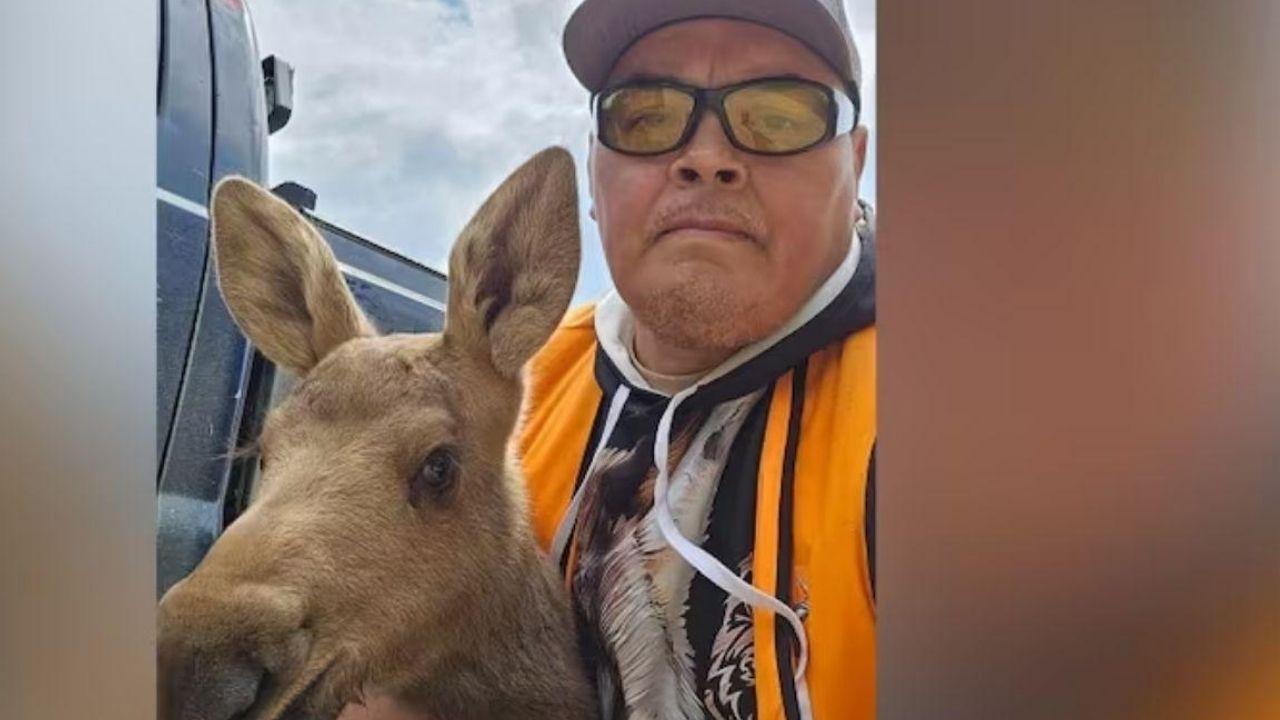
Shawn Clark, UCF Football Coach, Dies at Age 50
Shawn Clark, 50, UCF’s offensive line coach and former Appalachian State head coach, dies after rece

Photo:AFP
In the big forests of northern Canada, called the boreal forest, wildfires are happening more often. These fires change the forest in many ways. Trees like black spruce don’t grow back quickly, and other trees like aspen or birch may take their place.
Wild animals are affected by this too.
For example, caribou—large deer-like animals—like to live in old forests where they can eat soft moss called lichen. But after a fire, it takes many years—up to 75—for lichen to grow back. So, caribou don’t come back for a long time.
Birds like chickadees and Canada jays, and animals like woodpeckers, lose their homes when the trees they live in burn down. They need strong, older trees to build their nests and raise babies.
But not all effects of fire are bad. Fires help return nutrients to the soil, which makes it easier for new plants to grow. Also, insects come to burned trees, and birds and animals come to eat those insects.
However, if fires happen too often or are too strong, the forest doesn’t get time to heal. Then, black spruce trees might not grow back at all, and the forest could turn into grasslands or a mix of trees that aren’t as good for the animals that used to live there.
The forest floor, called peat, holds a lot of carbon. When it burns, it releases carbon into the air, which adds to climate change.
Scientists say the forest is changing faster now because of warmer weather and more fires. That makes it hard for animals and people who depend on the forest.
Some experts think we should use controlled fires—small, planned fires—to help the forest stay healthy and avoid big, dangerous wildfires.

Shawn Clark, 50, UCF’s offensive line coach and former Appalachian State head coach, dies after rece

A magnitude-4.3 quake struck near Berkeley at about 3 a.m., felt by over 20,000. Minor damage; train

A ransomware attack on Collins Aerospace halted airport check-ins across Europe, highlighting rising

Magnum partners with NotCo's AI to develop healthier, plant-based ice creams with fewer calories and